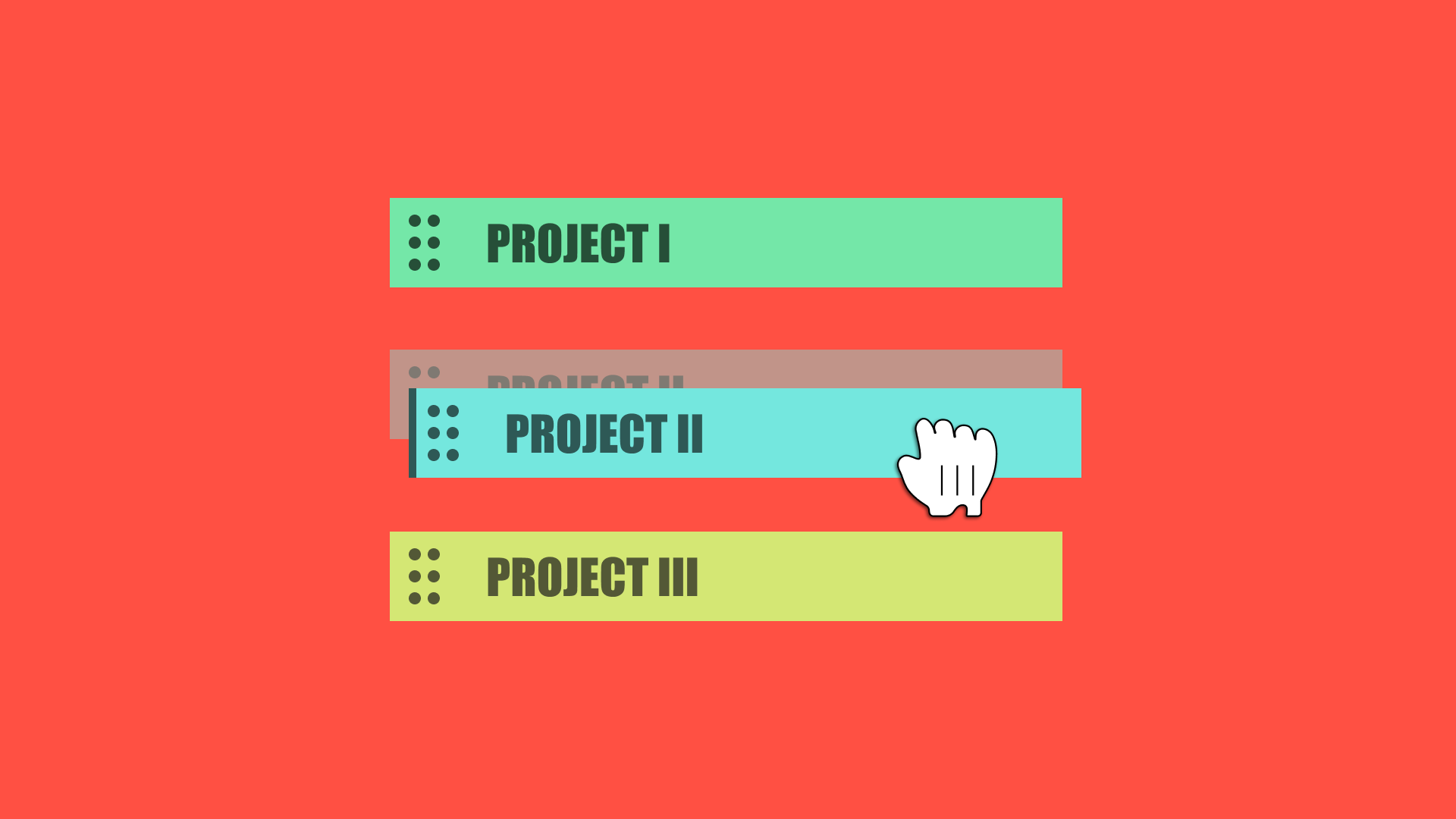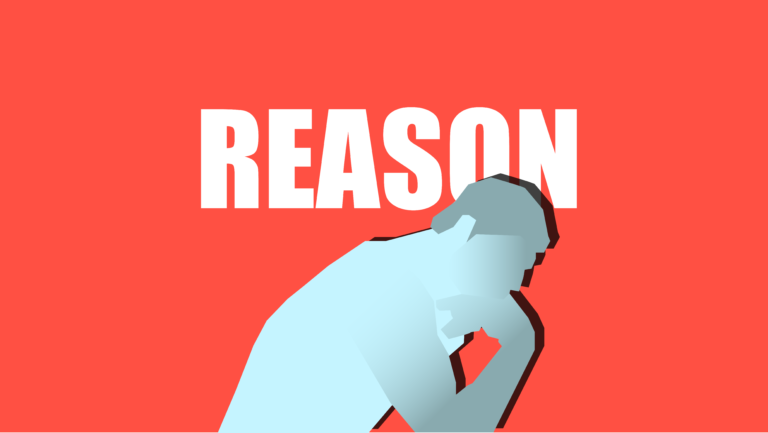Part II of Prioritization
This is part two of my article on prioritization. You can access the first part here.
In the first part, I made a compelling case for prioritization as the most important skill of this decade. We often equate productivity with getting things done, but it’s more about getting the right things done. This means achieving a high return on our investment of time, energy, attention, and money.
In this part, I’ll outline a step-by-step system for prioritization that is highly generalizable and can be applied to anything. I’ll also clarify some details along the way.
Step 1: Have a Place to Capture Your Ideas
Imagine trying to catch a stream of water with your hands—it slips through your fingers, doesn’t it? That’s what happens to your ideas without a reliable place to capture them. You need a bucket.
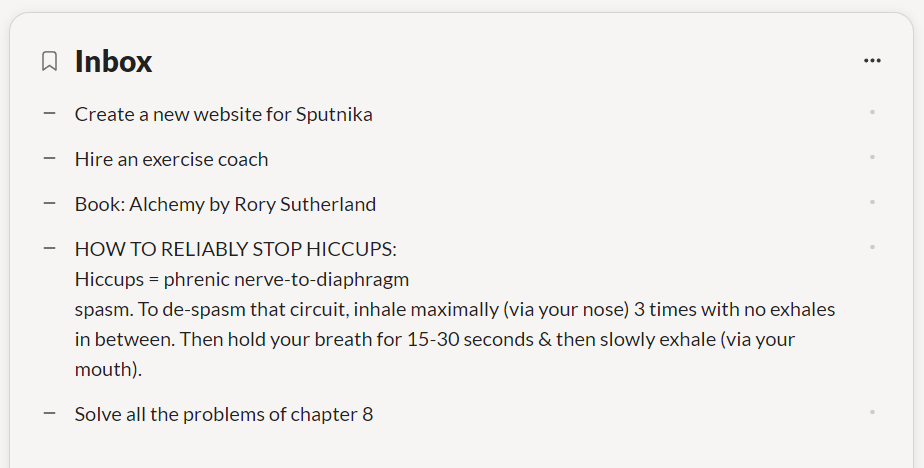
Choose any app to capture and organize your ideas, but I recommend Twos. Why? Because it handles both note-taking and task management seamlessly. Projects generate both notes and tasks, and Twos integrates them well.
Additionally, tasks should be viewable on your daily agenda page or “Check” view. In Twos, this is the Today page, which is central to my COC productivity system (I recommend giving it a read; it simplifies and streamlines your second brain so much that it starts working for you with minimal effort).
Step 2: Have an Organizational Logic to Categorize Your Ideas

Dumping all ideas into one list or folder can be confusing and time-consuming to sort through (you’ll hate even looking at it). Instead, create a simple organizational structure, dividing your ideas into categories like professional (e.g., create a course on typography for websites) and personal (e.g., clean up your wardrobe).
Here’s a rule:
Avoid creating too many lists or folders initially. Start simple—two categories are fine. You can always subdivide later if necessary, such as splitting your professional life into “Job” and “Online Business.” Regularly check your “inbox” and move ideas (future projects) into their respective lists.
Step 3: Broadly Identify Impactful Ideas
With your categories in place, it’s time to rank them. Start by broadly skimming your ideas and moving the most impactful ones to the top. This won’t be perfectly accurate, but it’s a good first step in prioritization.

Step 4: Compare Each Idea with the Ones Above It
Next, take each idea and compare it with those ranked higher until you find the one more impactful than it. Place your idea just below this more impactful one. Repeat this process for every idea.

The things you do first should facilitate or smooth the way for other tasks. Most of the times, the tasks ranked lower would leverage the progress and insights gained from the high ranked tasks, creating a cumulative effect.
For example, “Learn about economics” comes before “Learn about macroeconomics” since the former is foundational. Similarly, “Rehab for your shoulder injury” precedes “Fix your muscular imbalances,” which in turn precedes “Build muscle.”
Here’s a more complex example. Consider these ideas:
- Promote your product by writing about it on Medium.
- Create a YouTube channel to promote your product.
- Create a blog section on your website to promote your product.
The foundation isn’t as obvious here. What should you do first? If you create videos to promote your product, you’ll need to write scripts first. These scripts can double as blog posts, and writing is simpler and quicker than creating full-fledged videos, which require editing skills and more time. Also, YouTube’s recommendation-based system means it takes time for videos to gain views.
So, writing comes before making videos. But what about a blog vs. Medium? Blogs depend on search engine keywords, which can be competitive, making it hard to rank high. Setting up a blog also requires time for designing it. On the other hand, writing on Medium is straightforward: create an account and start writing. Medium recommends to its own user base and can even rank on search engines. It also teaches you about writing, engagement and attracting users, knowledge that will be useful when starting a blog or YouTube channel later.
Pro tip: You can create a mind map to visualize this prioritization better.
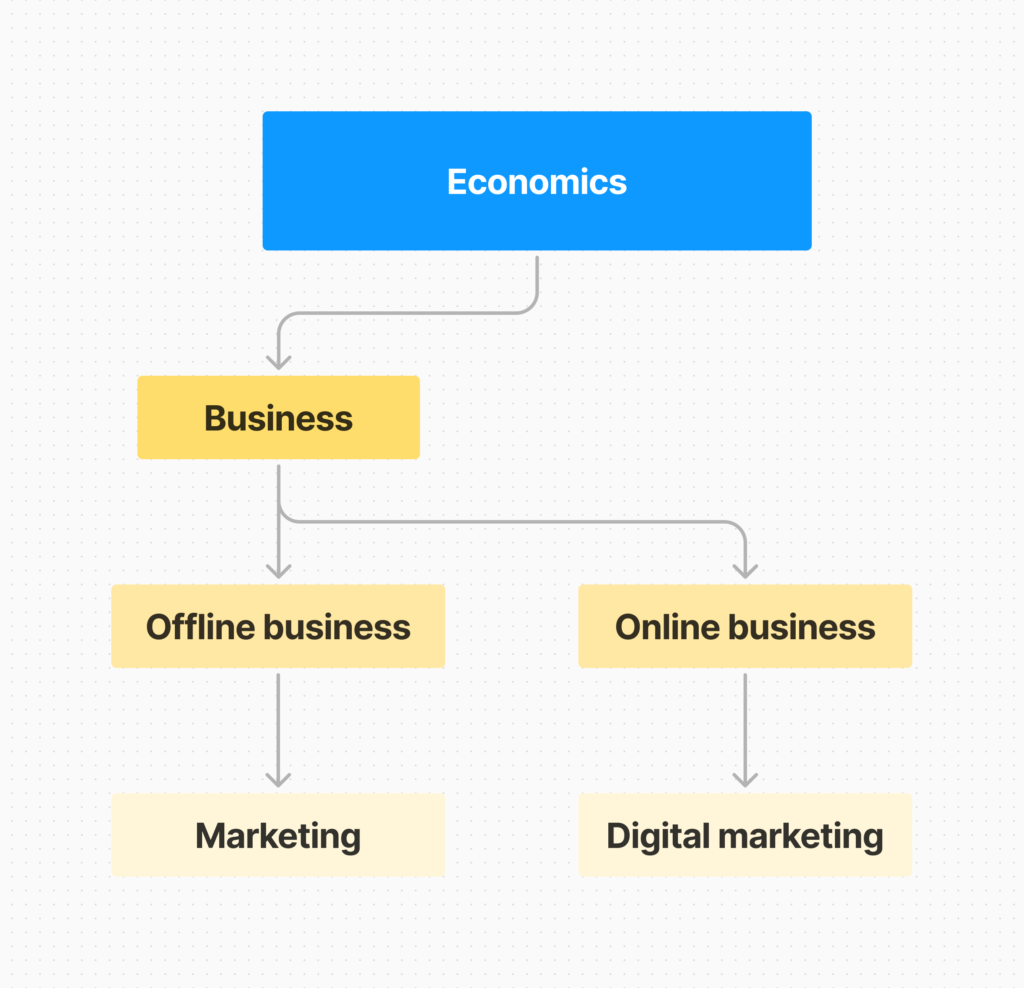
Note:
We are only considering the impact of a task right now. Enjoyment will be added later. If you’re unsure which idea should rank higher, don’t obsess over it—they’re likely similar in impact.
This process won’t take much time. For a list of about 20 ideas, it took me just 3-4 minutes to rank them. Plus, it’s a one-time effort.
Add a divider below the prioritized ideas. New ideas captured in your Inbox list should be moved to their respective lists below this divider until you prioritize them.
Step 5: Create a “Projects” List and Divide It into “Current” and “Upcoming”
Your ideas will transform into projects, necessitating a “Projects” list. Divide this list into two sections: “Current” and “Upcoming.” The “Current” section includes the projects you’re actively working on, while “Upcoming” houses the projects next in line.
Step 6: Move Your Ideas to the “Projects” List Based on Excitement
Look at your top-ranked ideas, perhaps the top 30-40% (4-6 out of 15 ideas) from each category. Ask yourself which projects excite you the most. You’ll instinctively know the answer. Move these exciting ideas into your project list. They can come from different categories or the same one, depending on your preference. Ensure the total number of projects in your “Projects” list stays below 10.
Step 7: Move 1-3 Projects into Your “Current” Section and Keep the Rest in the “Upcoming” Section
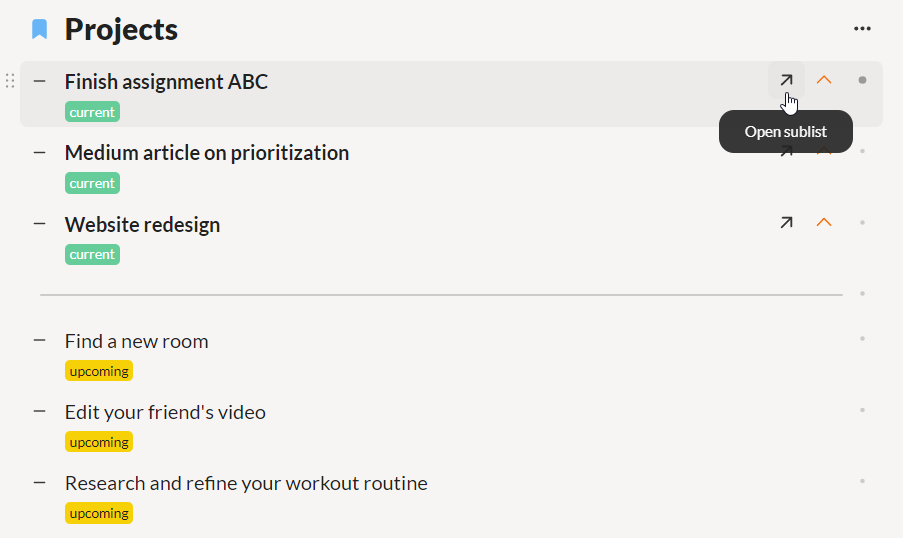
From the selected projects, move 1-3 into the “Current” section. These are the projects you will focus on now. The rest remain in the “Upcoming” section. Once you complete a project, move one from the “Upcoming” to the “Current” section.
If an urgent project arises, like a university or work assignment, replace one of your current projects with it. Typically, there will always be 1-2 projects assigned by others.
Most projects will generate both tasks and notes. I prefer my tasks for the day to appear in my “daily agenda” page, which is “Today” in Twos. Add a reminder, and it will show up on that day’s agenda.
There you have it—a prioritization system that takes 10-15 minutes to set up but less than a minute to update. You might wonder, “Why just 1-3 projects at a time?” or “Should I do tasks from different projects in one day?” Inspired by Cal Newport’s productivity ideas (Deep Work and Slow Productivity), I’ll share some of his reasoning and tactics now.
Additional tactics and reasoning
No More Than 1-3 Active Projects
Cal Newport suggests limiting yourself to no more than 1-3 active projects at a time in his book “Slow Productivity.” He argues that the active section of your project list should be limited to three projects at most.
I used to manage 5 active projects before I adopted this approach. Newport’s reasoning is compelling: too many projects pull your attention in different directions, making it hard to focus deeply on one thing, which is crucial for working efficiently. This scattered attention slows down project completion, eroding your sense of progress and motivation.
However, having too few projects isn’t ideal either. You’ll end up only doing tasks assigned by others (like your boss or professors) or wasting time if you get stuck on a project. It’s important to have the flexibility to switch to a different project when one burns you out.
One Project a Day
Newport also recommends focusing on the tasks of just one project a day while still attending to routine, non-project tasks. This approach leads to deeper progress, reduces mental strain from task-switching, and lowers stress. It creates a calmer work environment and improves overall effectiveness.
The math of this strategy is compelling: while working on just a single project a day, it receives more concentrated effort, resulting in faster and higher-quality outcomes. This focused approach prevents spreading efforts too thin across multiple projects. The same argument applies more broadly, i.e., limiting your active number of projects to 1-3.
What If the Project Is Huge?
If a project is huge and will likely take a long time to complete, try dividing it into sub-projects and work on them as separate projects. For example, if you’re creating an app, it’ll likely include many sub-projects like designing the user interface, developing the backend, integrating APIs, conducting user testing, etc.
Why less than 10 projects overall?
Your projects list should not be a long list of future ideas. It should be focused and actionable. Keeping it below 10 projects helps maintain clarity and direction.
Sometimes urgent projects arise that need immediate attention, requiring you to move some current projects to the “Upcoming” section.
Additionally, you might have more than 3 high-priority projects, but you can’t work on all of them simultaneously for the reasons mentioned earlier, so some of them will be moved to the “Upcoming” section. This allows for better prioritization and creates a clear hierarchy between your ideas and active (“Current”) projects.
Conclusion
Experiment with these strategies and tactics, adjusting them for your own life along the way. I’m willing to bet that you’ll level up faster than ever before. I highly recommend reading Cal Newport’s “Deep Work” and “Slow Productivity” if you haven’t already.
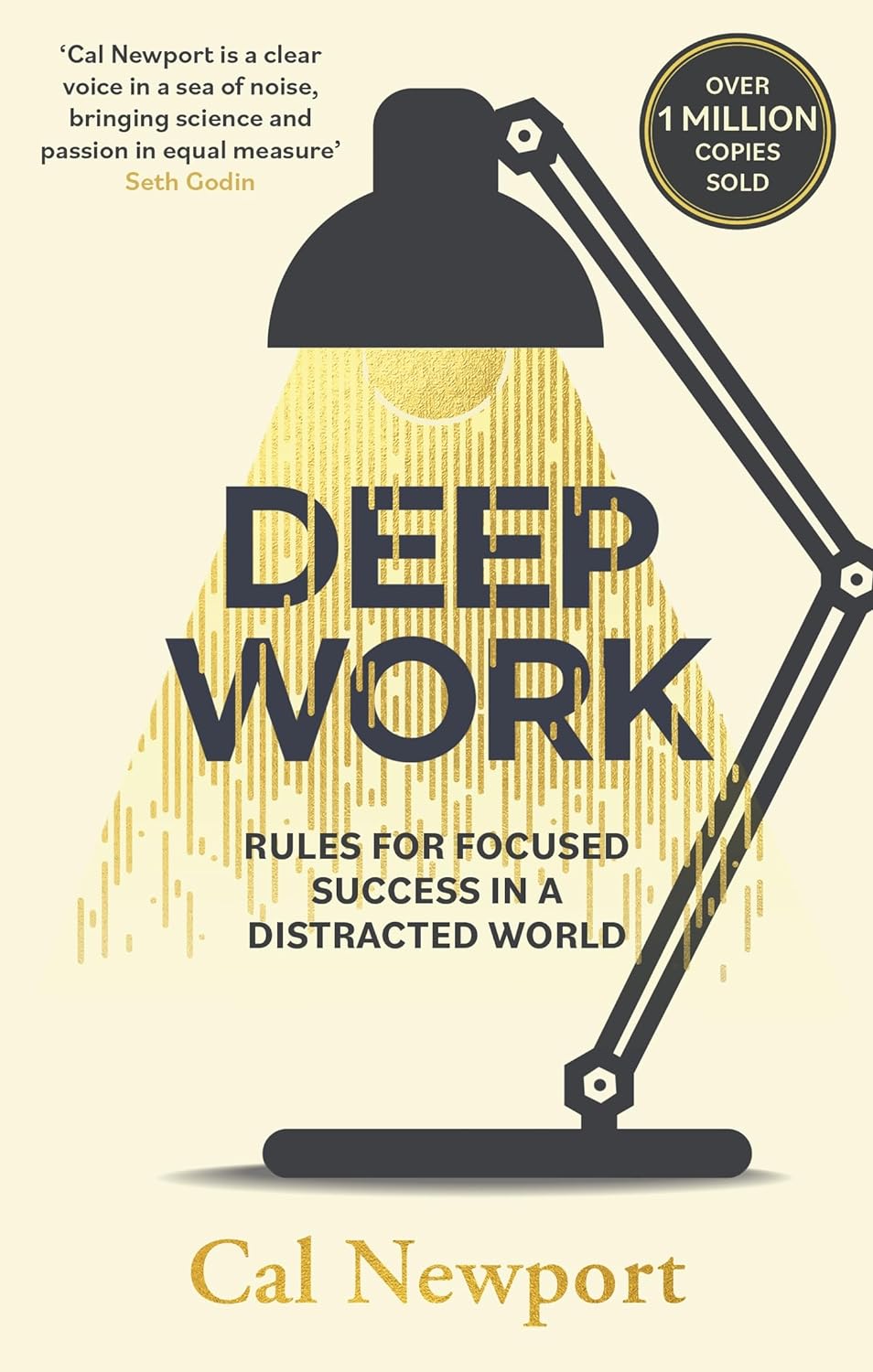
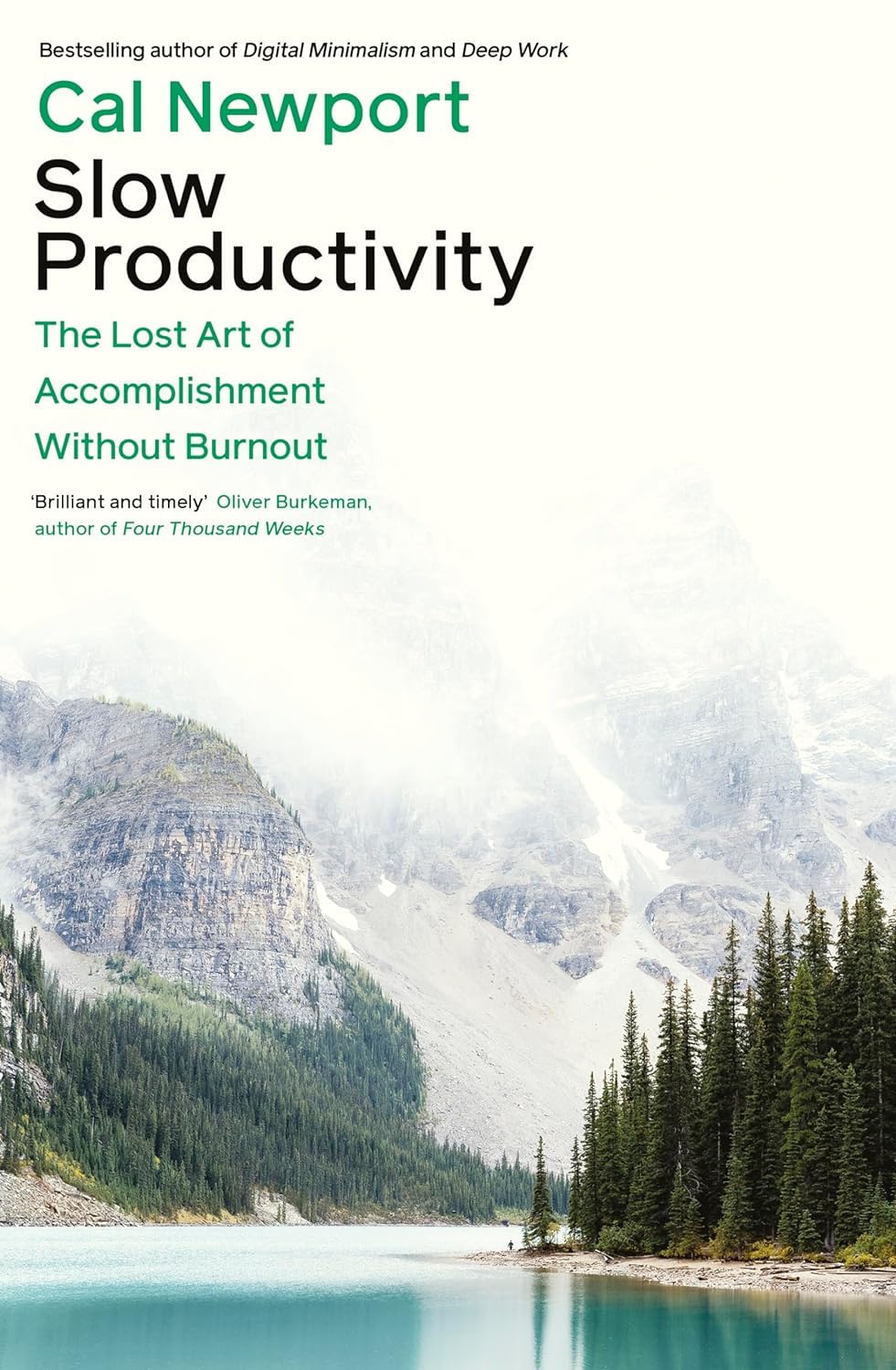
Also, if you need help aligning your goals with your projects, you can follow these steps:
- Figure out your long-term vague goals using the wheel of life (Ali Abdaal’s version).
- Extract some medium-term goals from them using this cognitive scientist’s method.
- Finally, extract projects that will help you accomplish these medium-term goals.
For more unorthodox tactics for self-improvement and tools from the world’s best minds directly in your inbox, subscribe below.
